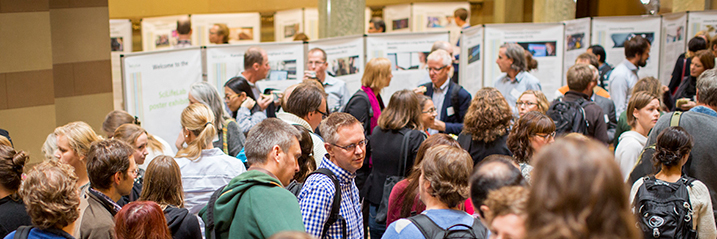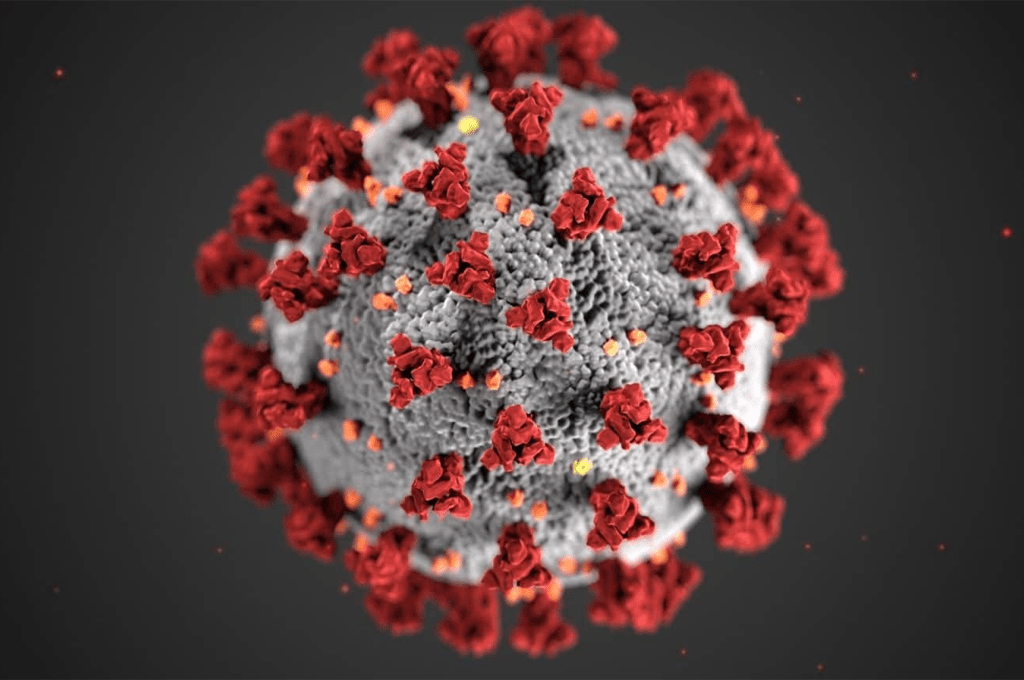From barnacles to cholera
SciLifeLab Day October 2014 was a whole day event filled with cutting edge research, discussions and mingling. Many aspects on both health and environment was on the agenda.
Among the keynote speakers were Christa Schleper (University of Vienna, Austria) who talked about the genomics and physiology of Thaumarchaeota, one of the most abundant but enigmatic groups of prokaryotes. Her research group has found several archaea species within the Thaumarchaeota group that are important to the ammonia cycle.
– These microorganisms are not just interesting to me as a researcher; it is of general interest to everyone to understand which microorganisms are oxidizing ammonia and their impact on the environment.
Everyone with a boat could relate to the presentation given by Anders Blomberg (University of Gothenburg, Sweden) about barnacles. The barnacle life cycle involves settling very firmly on rocks and other surfaces under water, such as the hull of a boat. Anders Blomberg’s research group has studied the settling biology by genome sequencing and found genes that are activated during different parts of the process. Some of the key genes produce waterborne pheromones, used by the barnacles to attract each other, which allows them to attach to surfaces close to each other where they will be able to mate.
Keynote speaker Kári Stefánsson (deCODE genetics, Iceland), presented some of his work on population genetics of common diseases. In his research the ability to trace the parent of origin has been important, and also something that deCODE genetics has been in a unique situation to do. Among other things his research group has studied the connection between the paternal age at conception and the risk of the child developing schizophrenia.
The deCODE sequencing project has access to detailed genetic and medical information on some 500,000 individuals from around the globe, many of them Icelanders. The information is used for research but Kári Stefánsson believes it could be used for more than that.
– There are, for example, women with certain genetic predisposition to develop breast cancer. We could find them with the push of a button and save their lives, but there are restrictions on how the gathered information can be used, which prevents us from doing this. These regulations have to do with peoples right not to know these things.
No less than twelve speakers presented their research to the audience in the auditorium of Uppsala University main building. In between the seminars a poster session was available, presenting the technologies and service that SciLifeLab offer.
After the last coffee break Emmanuelle Charpentier (Umeå University, Sweden) entered the scene and shared her knowledge about how to use phages (viruses that target bacteria) for genome engineering via CRISPRs. A very hot topic since the CRISPR technology was one of those discoveries suggested for the 2014 Nobel Prize in the media.
She was followed by Elinor Karlsson (University of Massachusetts Medical School, USA) who gave an overview on natural selection stating that evolution can be thought of as “the most epic genetic engineering experiment ever”. She continued describing human history with pathogens, showing how signals of ancient, pathogen-driven selection can be used to understand immune response. This was exemplified by her research on cholera resistance in Bangladesh.
The SciLifeLab Day official program ended after Ulf Gyllensten’s (Uppsala University, Sweden) talk about high-throughput screening for bacterial and viral pathogens using next-generation DNA sequencing. However, several informal get-togethers among the participants prolonged the community meet up during the evening. Those who made new acquaintances during the day but forgot to note their contact details can find them on the list of participants.
More photos are available under “related items” on this page.





